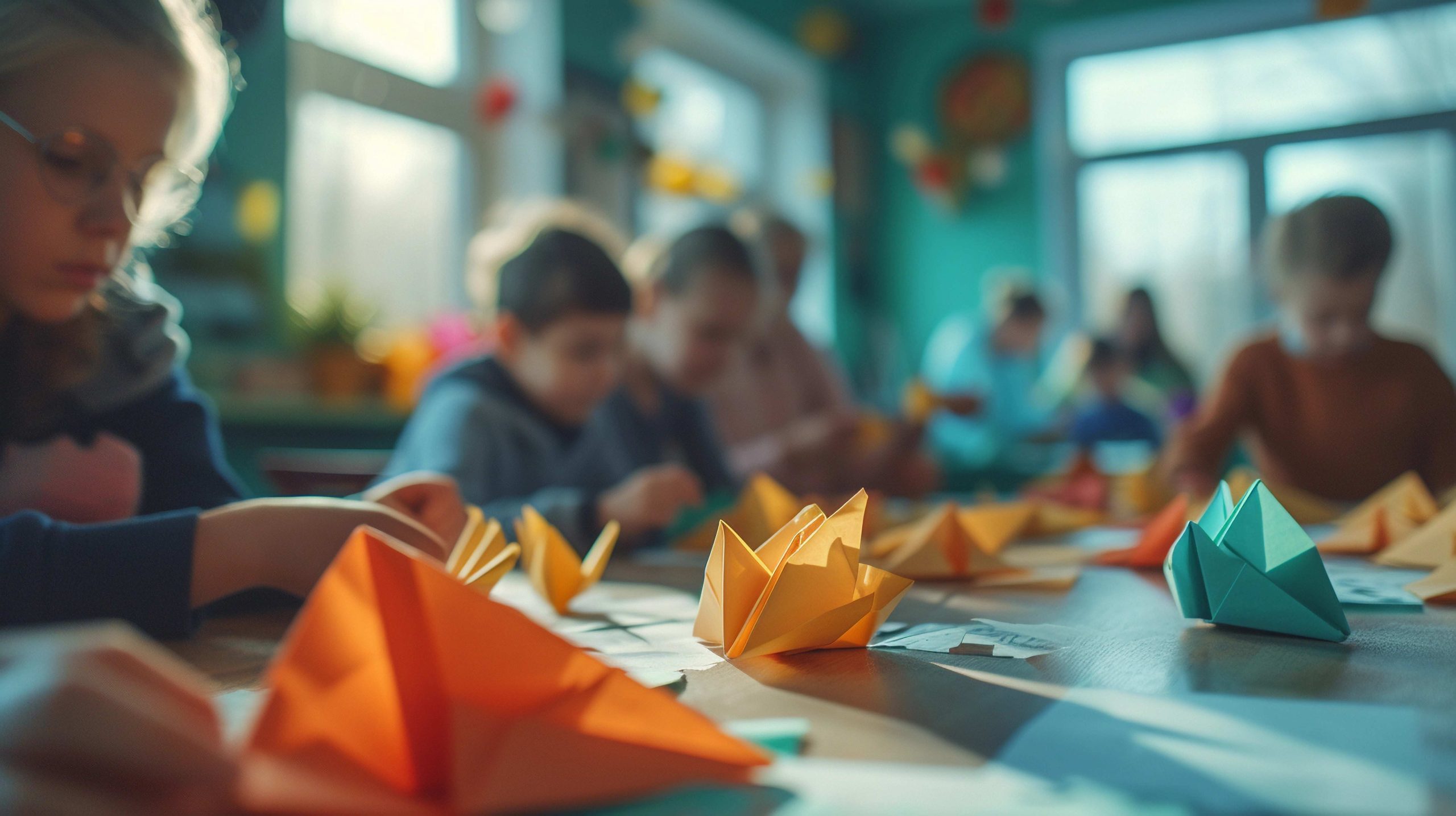
Exploring the Role of Various Centers in a Preschool Classroom
In a preschool setting, different centers provide unique opportunities for children to explore, create, and learn. Understanding the significance of each center enables educators to tailor experiences that support holistic development effectively.
The Importance of Rotating CentersRegularly rotating centers in a preschool classroom benefits children by offering diverse learning experiences and maintaining their engagement. It also aids educators in effectively managing the classroom, ensuring that each center receives attention and remains organized.
The Teacher’s Role in Preschool Classroom CentersTeachers play a crucial role in guiding children’s exploration and fostering a positive learning environment within centers. They offer support, model behavior, and observe children’s progress to provide tailored assistance and feedback, promoting individual growth.
Incorporating Diversity in Preschool Classroom CentersPromoting diversity and inclusion within centers helps children develop an appreciation for various cultures and perspectives. By integrating diverse materials and activities, educators create an environment that reflects children’s backgrounds and encourages respect for cultural diversity.
Adapting Centers for Special Needs ChildrenAdapting centers to accommodate children with special needs ensures equal access to learning opportunities for all. Collaboration with parents and specialists helps educators implement appropriate accommodations, fostering an inclusive learning environment.
Technology in Preschool Classroom Centers: Benefits and LimitationsWhile technology can enhance learning experiences, it should complement hands-on activities and be used in moderation. Educators must ensure that technology is age-appropriate and supports children’s overall development, maintaining a balanced approach to learning.
Recognizing the significance of various centers in a preschool classroom empowers educators to create enriching learning experiences that support children’s growth and prepare them for future success.
Preschool centers not only foster academic achievement but also cultivate a love for learning, promote individualized development, and instill essential life skills. By embracing children’s diverse needs and interests, educators create inclusive environments where every child can thrive.
ConclusionIn conclusion, the diverse centers in a preschool classroom play a vital role in shaping children’s early learning experiences and laying the foundation for lifelong learning.


